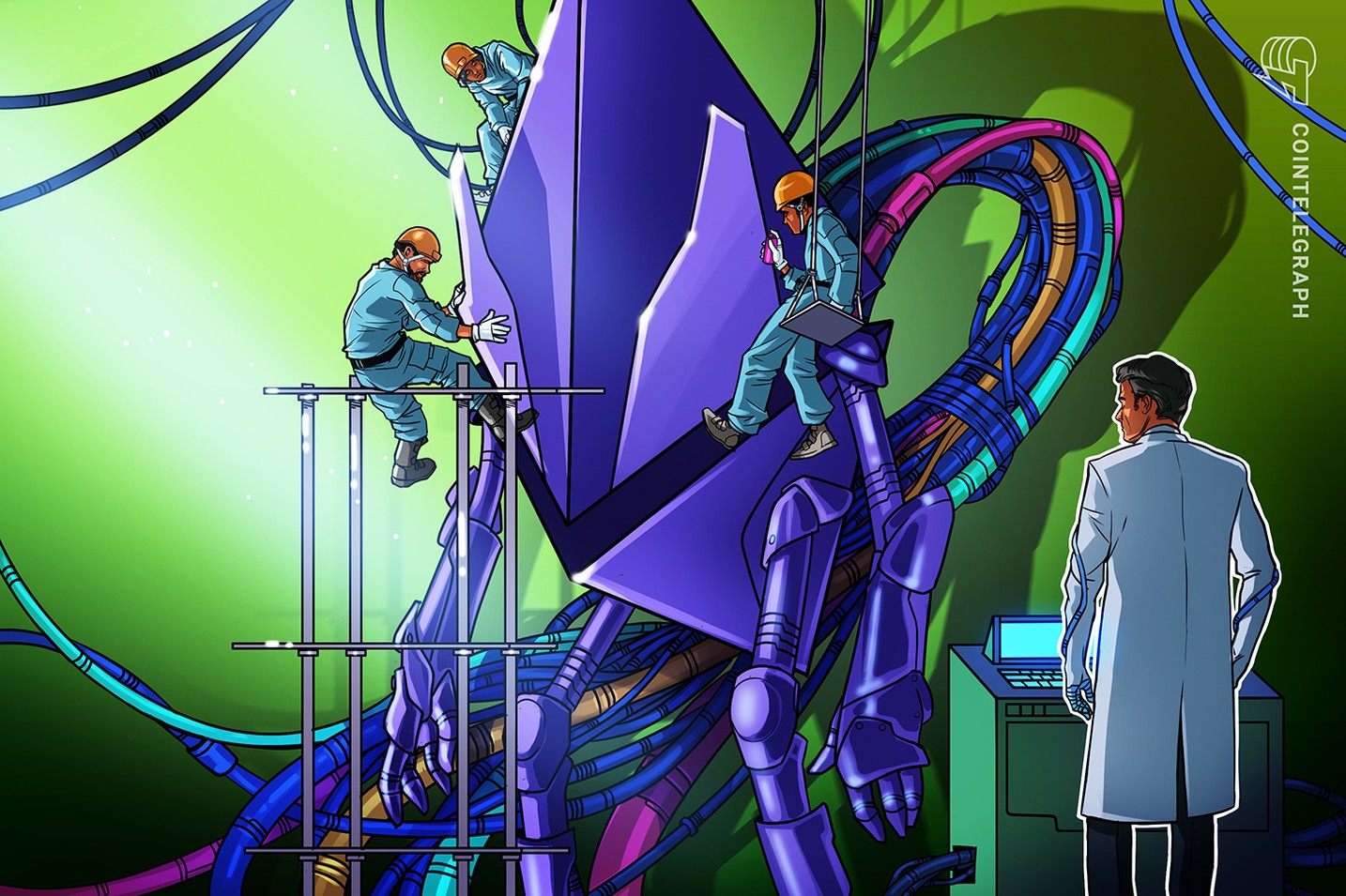
Ethereum's Fusaka Upgrade Activated on Sepolia Testnet Ahead of December Launch
The Fusaka upgrade enhances Ethereum's scalability and performance with new features, scheduled for full deployment by December.
Ethereum’s Fusaka upgrade has been activated on the Sepolia testnet, representing a significant advancement in enhancing the network’s scalability and performance. This upgrade is part of a three-phase rollout detailed in Ethereum’s Fusaka roadmap, and follows the Holesky testnet activation on October 1.
The Sepolia deployment is aimed at stress-testing the new data availability system and increasing the block gas limit before the developers migrate the code to the final Hoodi testnet later this month.
The upgrade introduces numerous performance and consensus enhancements. Aiming to elevate Ethereum’s block gas limit to 60 million, it seeks to enable blocks to accommodate a greater number of transactions and complex smart contract activities while ensuring that nodes can sustain stability at this higher capacity.
“There was solid engineering work by the client teams to ensure that the current node setups, both in terms of hardware and networking, can reliably handle 60M gas blocks without risking networking instability,” said Gabriel Trintinalia, protocol engineer at Consensys’ client Besu.
It also tests the Peer Data Availability Sampling (PeerDAS), which allows Ethereum validators to verify transaction data by sampling small segments from multiple peers instead of downloading the entire data set, thus enhancing speed and scalability while remaining decentralized.
“Fusaka changes how data availability is done, enabling scaling beyond what was possible before PeerDAS,” remarked Paul Harris, another core developer involved in the Fusaka upgrade.
The Ethereum Foundation shared the Fusaka testnet schedule on September 26, outlining the steps leading up to the network’s upcoming upgrade. The project follows this year’s Pectra update, with the final test scheduled for October 28, leading to a mainnet launch anticipated in December.
A Brief History of Ethereum Upgrades
Since launching in July 2015, Ethereum has gone through significant upgrades aimed at increasing scalability, security, and performance. The latest review occurred on May 7, with the Pectra upgrade introducing key proposals to enhance functionalities.
The prior upgrade, Dencun, which took effect on March 13, 2024, dramatically decreased gas fees within the network.
Possibly the most notable is The Merge, which transitioned Ethereum from a proof-of-work to a proof-of-stake blockchain model in September 2022, culminating in the discontinuation of mining and a notable drop in energy costs.
The Shanghai upgrade in April 2023 allowed validators staking Ether (ETH) to make withdrawals, completing Ethereum’s shift to proof-of-stake.


